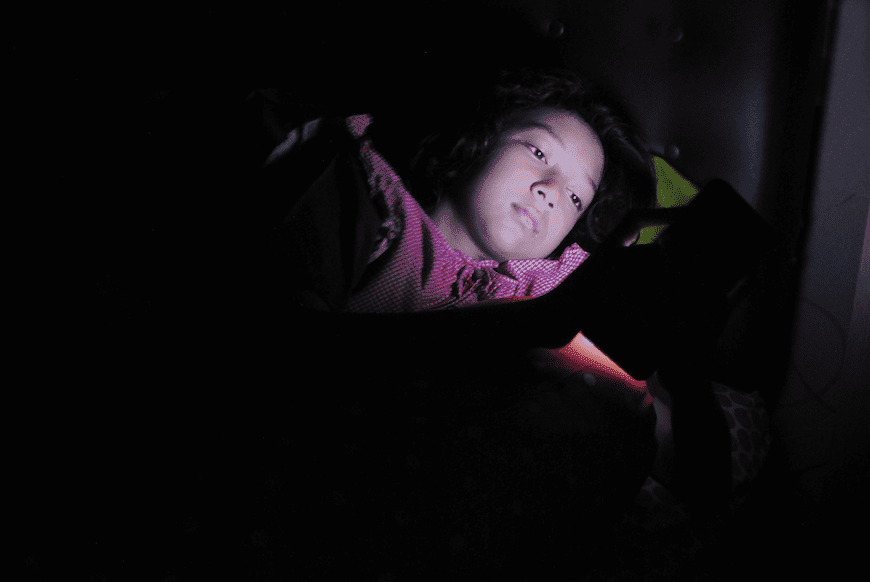Sticking a “digital pacifier” under the nose of a toddler who is in the midst of a meltdown sets the stage for even worse behavior down the road, new JAMA Pediatrics findings suggest.
“Using mobile devices to settle down a young child may seem like a harmless, temporary tool to reduce stress in the household, but there may be long term consequences if it’s a regular go-to soothing strategy,” said lead author Jenny Radesky, MD, a developmental behavioral pediatrician at University of Michigan Health C.S. Mott Children’s Hospital.
Focus on Childhood and Adolescent Mental Health
Parental Mental Illness and Risk of Childhood Injury
Rating What Children Do When They Are Irritable
The study of 422 children between the ages of 3 and 5 over a period of six months found that the regular use of technology to placate a young child increased their overall emotional dysregulation. The short term peace you gain comes at the price of long term moodiness and heightened impulsivity, according to Radesky.
Constant screen soothing deprives a child of the chance to learn other ways of coping. It’s a strategy most likely to backfire in kids already grappling with emotional control. This is particularly true of boys who already exhibit signs of hyperactivity, impulsiveness, and a strong temperament. Managing their emotions with tech only made them more likely to react intensely to feelings like anger, frustration, and sadness, the researchers found.
“Our findings suggest that using devices as a way to appease agitated children may especially be problematic to those who already struggle with emotional coping skills,” Radesky said.
The researchers acknowledged that the years between preschool and kindergarten, when a lot of kids are going through a challenging developmental phase, can be exhausting for parents. While it’s tempting to use a tablet or phone to appease a temperamental toddler, Radesky, who is the mom of two herself, suggested there are better ways for helping them get it together. Among them:
- Channeling negative energy with sensory techniques such as swinging, hugging or pressure, jumping on a trampoline, squishing putty, listening to music, or looking at a book or sparkle jar.
- Labeling emotions to help a child make the connection between language and their feelings. This helps make the emotion “mentionable and manageable,” as Mister Rogers used to say.
- Assigning colors to emotions helps children paint a mental picture of their state of mind. For example, blue equals bored, yellow equals anxious, red equals explosive. Keep a visual guide handy for difficult moments.
- Offering replacement behaviors that get better results such as hitting a pillow instead of a person, or tapping someone on the arm and politely asking for attention instead of tugging on their clothing and screaming.
- Preventing tech-related tantrums by using timers and setting clear boundaries. Find apps or video services that have clear stopping points and don’t just auto-play or let the child keep scrolling.
- Talking to a child when they are in a more reasonable frame of mind about the best way to control themselves in a tough moment.
“All of these solutions help children understand themselves better, and feel more competent at managing their feelings,” Radesky said. “In contrast, using a distractor like a mobile device doesn’t teach a skill–it just distracts the child away from how they are feeling. Kids who don’t build these skills in early childhood are more likely to struggle when stressed out in school or with peers as they get older.”



